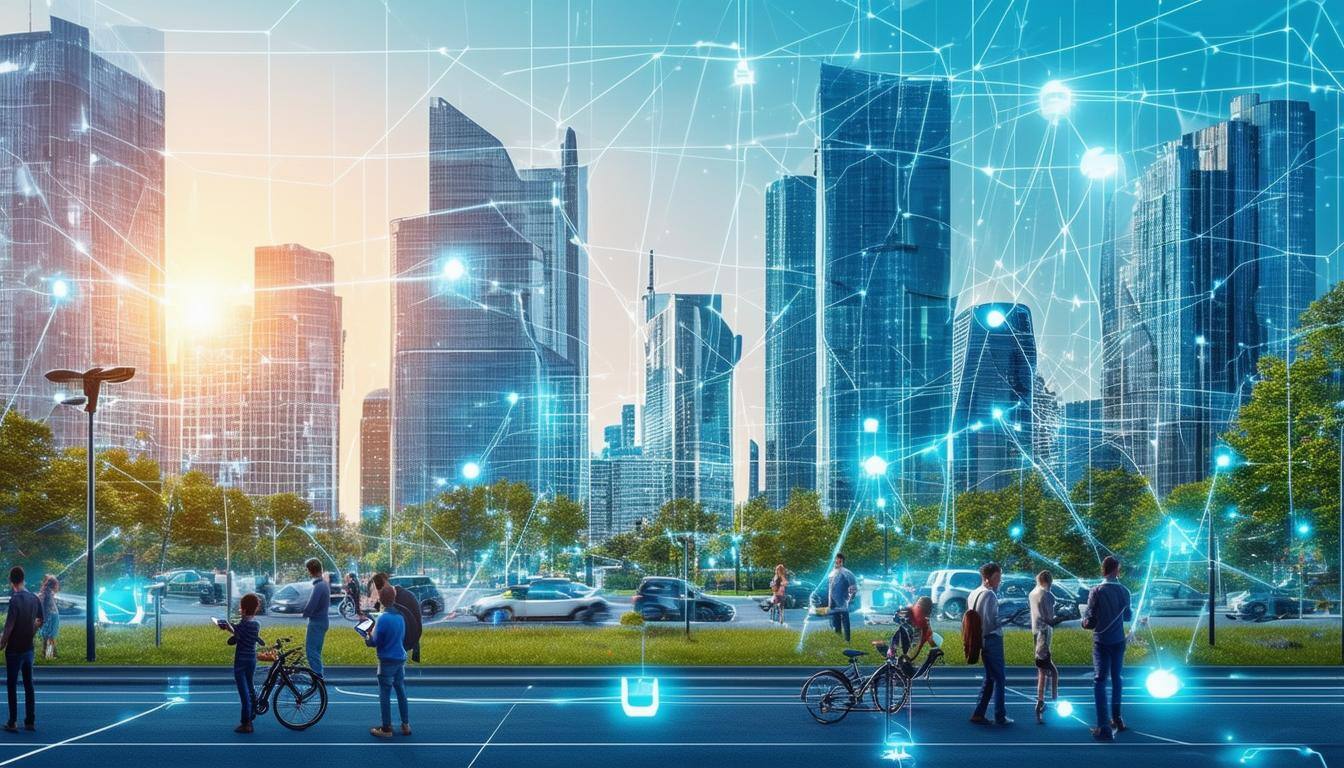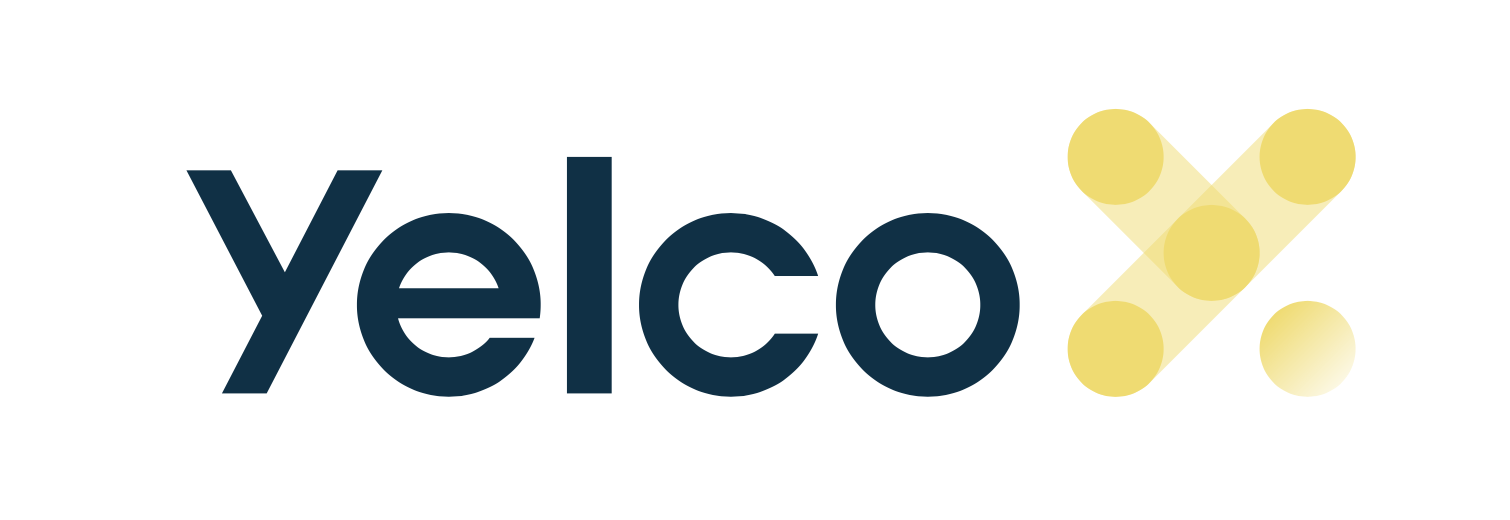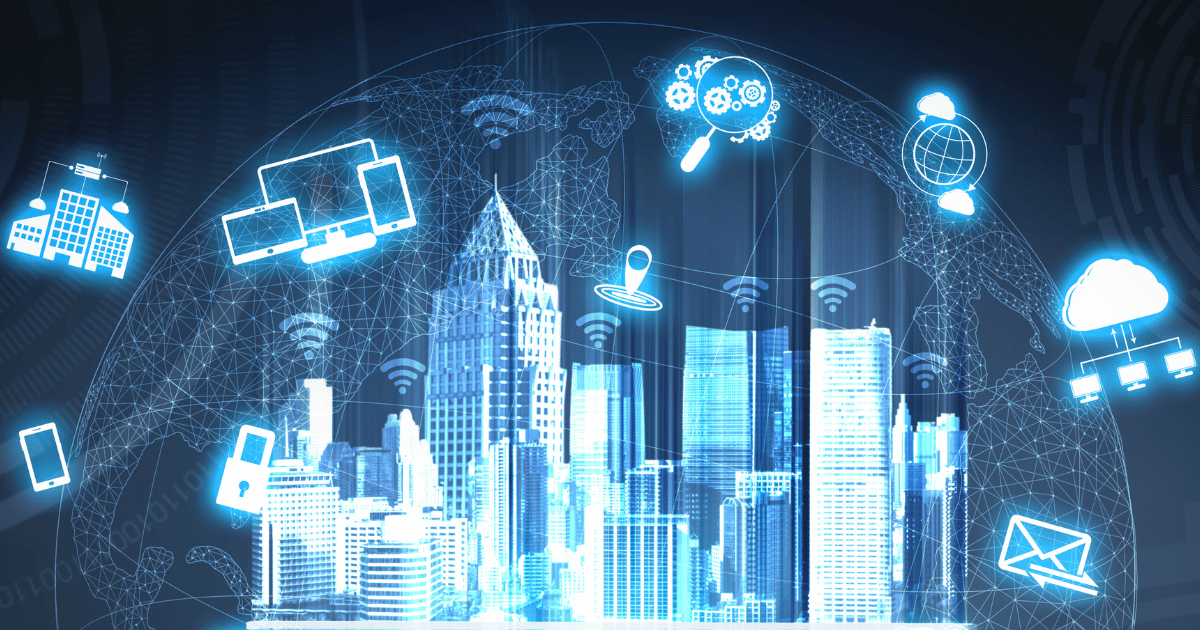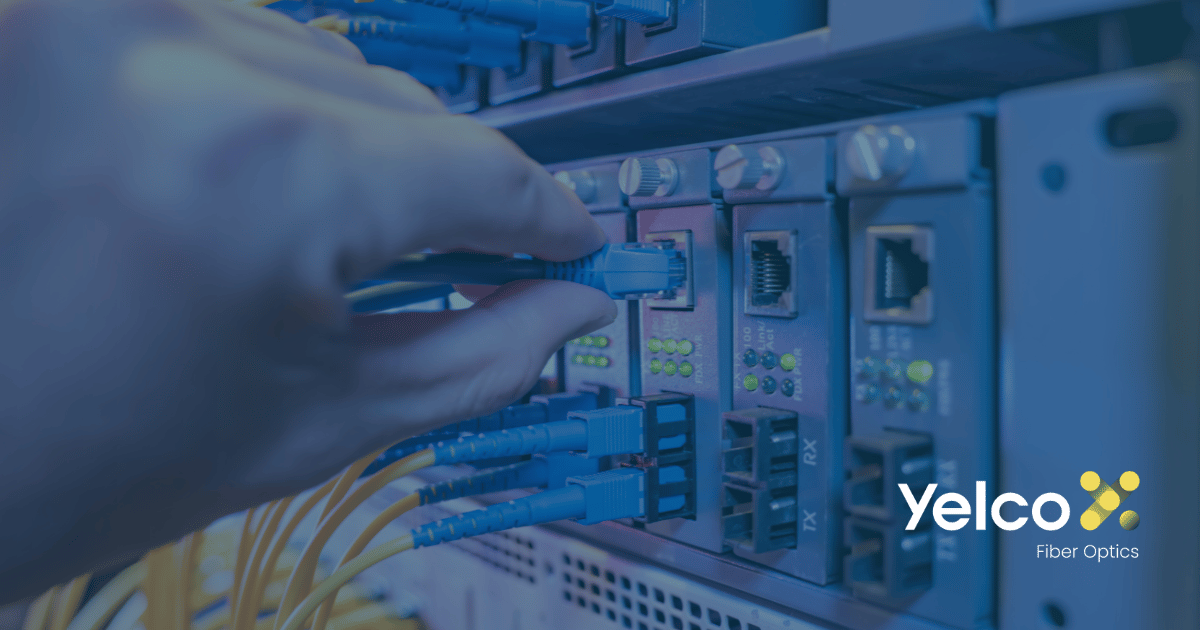Fiber Optics and Sustainability: The Backbone of Smart Cities

The requirement for efficient and sustainable infrastructure continues to rise as technology advances. City populations are ever-increasing, and cities are undergoing rapid transformations. Fiber optics is one of the most potent technologies enabling cities to become greener and smarter while making them a foundation for high-speed connectivity. From energy-efficient grids to advanced traffic management systems, fiber optics are the backbone of smart cities. More than just improved speed and connectivity, fiber optics provide more excellent value in the form of sustainability.
Rethinking Urban Infrastructure
Legacy systems have proved to be a bottleneck for the integration of AI-powered urban management and real-time data. Outdated copper-based networks lose energy alarmingly, need constant maintenance, and contribute to material waste. The condition of cities is certainly not favorable. When one combines outdated communication systems with the current demand for the digital world, it becomes apparent that urban infrastructure should be redefined and renewed to cope with the current reality while improving cost efficiency and relieving environmental impact.
Fiber Optics is a future-centric technology. It translates information using light, making it fundamentally different from older technologies. As a result, Fiber has the following advantages:
✅ More Energy Efficient – Fiber networks, for example, consume up to 60% less power than copper-based systems.
✅ More Durable – Fiber cables do not need to be changed often since they can last more than twenty-five years.
✅ More Resilient—Fiber optics are not affected by corrosion, extreme weather, electromagnetic interference, or even copper corrosion.
This leads to:
- Optimized public service traffic control, saving energy while enabling the monitoring of real-time traffic and facilitating bright street lighting.
- Lessened environmental impacts and lower-operated resources as a result of reduced maintenance.
- Electronic waste is decreased since the need for constant infrastructure upgrades is eliminated due to Fiber's long lifespan.
- At Yelco, the focus is not only on improving connectivity. Their goal is to support sustainable and energy-efficient urban architecture.
Promoting Economic Growth in a Digital Era
Fiber optics have increased economic activity, thus creating more opportunities besides sustainability. Businesses can relocate quickly, cities are not left behind when competing in the digital economy, and jobs are made available due to a healthy digital infrastructure.
And with the rise in demand for, let's not forget,
- Remote work & cloud computing – this, together with Fiber, allows for effortless digital teamwork.
- Tech-driven industries—With robust and dependable internet connections, cities become epicenters for innovation and fast-paced creativity.
- Education & Digital Inclusion—High-speed fiber successfully bridges learning gaps because everyone can learn and earn.
Creating a fiber-powered smart city is much more than just a technological investment. It means investing in habitable, sophisticated, and people-friendly cities that are equipped for the future.
Strong connectivity for Yelco means a stronger economy. We have tailored fiber solutions for businesses, schools, and digital inclusion that empower communities to transform possibilities into reality.


